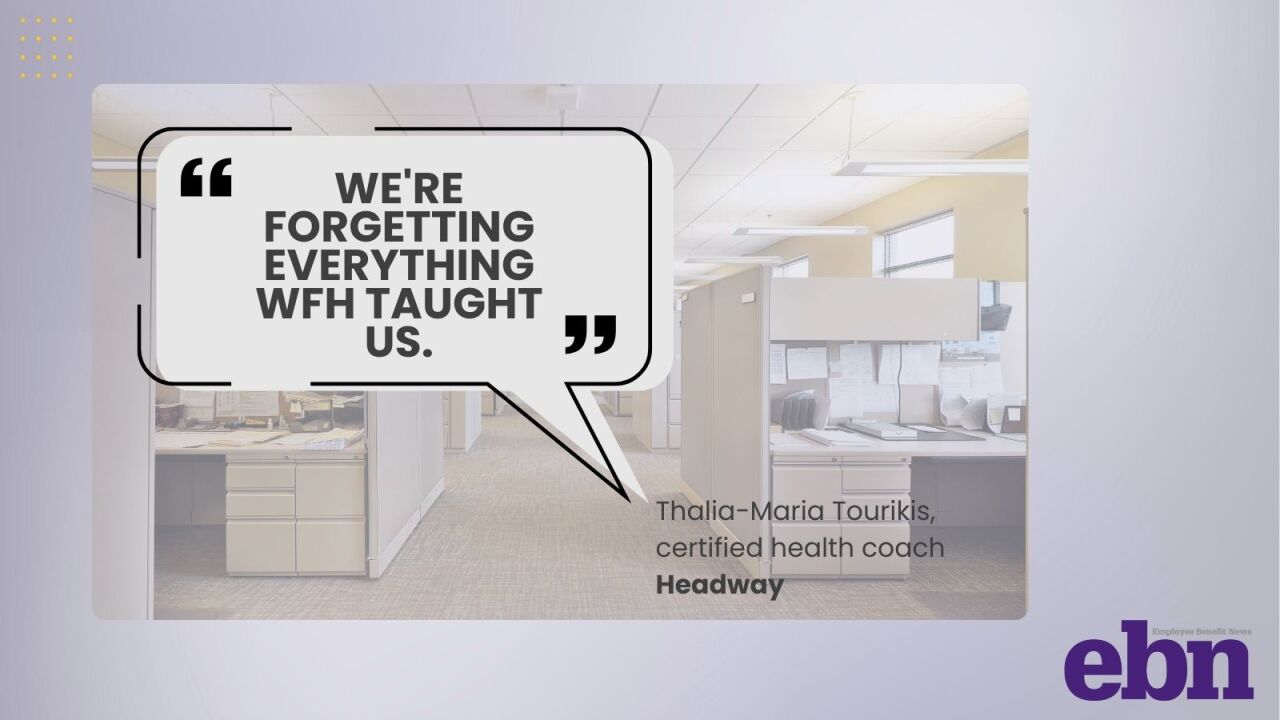Women are increasingly responsible for
Currently, fewer than 60% of women with a household income of less than $50,000 reported knowing enough about
Since two-thirds of women are the primary providers of their household's benefits, this is a critical demographic to target through communications and comprehensive offerings, says Justin Delaney, SVP, external affairs, marketing and communications at The Standard.
"When we're thinking about benefits and education for our women employees — and what we'll share with our HR customers — is that there are strategies and benefits being left on the table. [Like] every high-performing organization, our focus is on attraction, engagement and retention of good employees, and that's the way we approach our customers too."
Read more:
Where women are looking for support
Financial education
The Standard's research shows that 61% of women are actively trying to learn more about their personal finances and the broader financial system, making benefits that provide this especially valuable. If wanted offerings aren't available within a company's core benefits, Delaney recommends supplementing with voluntary options.
"There are voluntary benefits that don't necessarily cost the employer anything to offer," he says. "That's a conversation to be had with a broker and their benefits provider. For example, this year we [started] offering a pet insurance option — employees brought it to us, and it's been very well received."
Additional financial benefits could include accident, life or critical illness insurance, financial counseling, or tuition coverage or reimbursement.
Read more:
Caregiving
Caregiving support was a benefits area many respondents said was inadequate. Women who reported a higher level of financial acumen were more likely to say they could not expand their families due to economic reasons. Delaney notes that for this particular population, pain points might be alleviated by benefits that offset the cost of child care and better PTO policies.
"Women are calling out that caregiving and leave is an issue for them," he says. "Some employers are certainly hearing that and are beefing up their plans, but some employers have not perhaps heard that, and one of the recommendations we have as a benefits provider is to consider the different segments of your employee population."
Benefits education
According to the survey, only 66% of women feel they understand their benefits, which can lead to lack of awareness, engagement and satisfaction. Benefit leaders can step in with increased, tailored communication and education about what offerings are available, especially those they know their female population values most, such as career advancement, caregiving and financial literacy. Delaney suggests asking providers for any educational materials they have, as well as highlighting impactful benefits and explaining how they operate.
Identify needs and gather input
When it comes to learning what benefits matter most and where any gaps in offerings or education might be, employee resource groups (ERGs), surveys and focus groups are powerful tools, Delaney says.
"Not everybody digests information from an HR department; sometimes it's better with your peers," he says. "But employers have an obligation to help empower those kinds of conversations amongst employees."
Read more:
He points to ERGs at The Standard that leadership regularly taps into, such as their Women's Career Network, which shares tips and education success stories around career advancement, Money Smart, where peers help each other learn more about the financial system and benefits, and Parents Working Together, where employees share resources for caregiving, ideas on good benefits for a family and more.
Administering surveys and getting feedback from its ERGs not only help leadership keep a pulse on employees, these interactions prompt benefit ideas they might not otherwise have considered.
"We've adopted some voluntary benefits that perhaps we wouldn't have thought of had an ERG or a group of employees not brought it to us," Delaney says.
Whether it's education that helps women make more informed decisions or benefits that make them want to stay with their company, finding out what this segment of a workforce needs can reveal valuable ways to keep them confident and happy.
"We don't need to treat everybody differently, but it does make sense sometimes to just ask the question, 'Which benefits matter most to you?' so that you're not trying to deliver a one-size-fits-all approach," he says.






